Do you know about tankless water heaters?
ludy-2009
12 years ago
Related Stories

GREAT HOME PROJECTSHow to Switch to a Tankless Water Heater
New project for a new year: Swap your conventional heater for an energy-saving model — and don’t be fooled by misinformation
Full Story
CONTRACTOR TIPSBuilding Permits: What to Know About Green Building and Energy Codes
In Part 4 of our series examining the residential permit process, we review typical green building and energy code requirements
Full Story
GREAT HOME PROJECTSHow to Add a Solar Water Heater
Lower energy bills without a major renovation by putting the sun to work heating your home’s water
Full Story
MOST POPULARWhat to Know About Adding a Deck
Want to increase your living space outside? Learn the requirements, costs and other considerations for building a deck
Full Story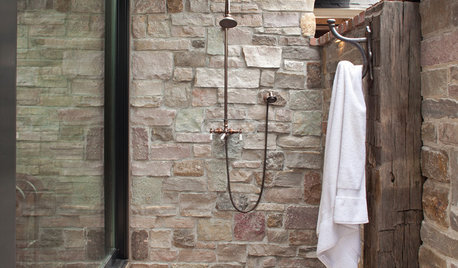
GARDENING AND LANDSCAPING28 Outdoor Projects Everyone Should Know About
Learn how to refinish your wood deck, make a garden fountain, add a shed and more
Full Story
GREEN BUILDING5 Things LEED Interior Designers Want You to Know
LEED means healthier homes — OK, maybe you got that. But some of these facts about the accredited designers may surprise you
Full Story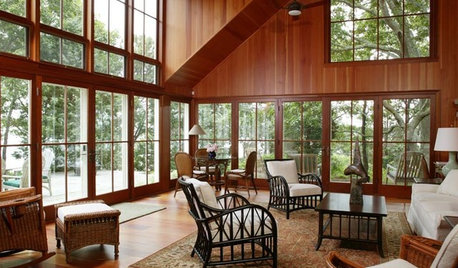
ARCHITECTUREWant to Live by the Water? What You Need to Know
Waterside homes can have amazing charm, but you'll have to weather design restrictions, codes and surveys
Full Story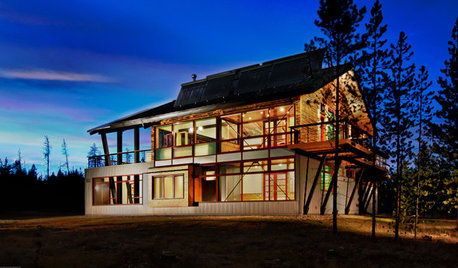
GREEN BUILDINGZero Net Energy: A Hardworking-House Term to Know
Homes that consume only as much energy as they produce by renewable means are a goal for builders. Learn what ZNE means for you
Full Story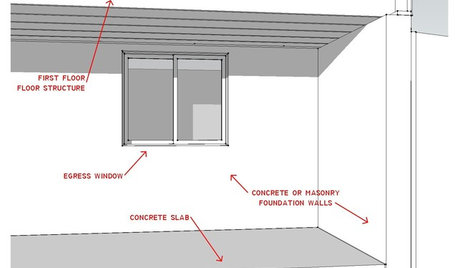
REMODELING GUIDESKnow Your House: The Steps in Finishing a Basement
Learn what it takes to finish a basement before you consider converting it into a playroom, office, guest room or gym
Full Story
REMODELING GUIDESWhat to Know Before You Tear Down That Wall
Great Home Projects: Opening up a room? Learn who to hire, what it’ll cost and how long it will take
Full StorySponsored
Columbus Design-Build, Kitchen & Bath Remodeling, Historic Renovations
More Discussions






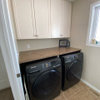

dadoes
itguy08
Related Professionals
Clute Kitchen & Bathroom Designers · Frankfort Kitchen & Bathroom Designers · Auburn Kitchen & Bathroom Remodelers · Channahon Kitchen & Bathroom Remodelers · Ogden Kitchen & Bathroom Remodelers · Paducah Kitchen & Bathroom Remodelers · Lawndale Kitchen & Bathroom Remodelers · Cave Spring Kitchen & Bathroom Remodelers · Mount Prospect Cabinets & Cabinetry · Brooklyn Park Flooring Contractors · Chandler Flooring Contractors · Harwich Flooring Contractors · Lady Lake Flooring Contractors · Lake Stevens Flooring Contractors · Lynbrook Flooring Contractorsasolo
livebetter
asolo
ludy-2009Original Author
ludy-2009Original Author
ludy-2009Original Author
suburbanmd
ludy-2009Original Author
asolo
dadoes
livebetter
ludy-2009Original Author
livebetter
asolo
ludy-2009Original Author
ludy-2009Original Author
asolo
ludy-2009Original Author
asolo
itguy08
ludy-2009Original Author
itguy08
ludy-2009Original Author
liriodendron
anhedonius
anhedonius
live_wire_oak
sandy808
itguy08
dadoes
vintage36
dadoes
Cavimum
itguy08
mrb627
dadoes
weedmeister
live_wire_oak
asolo